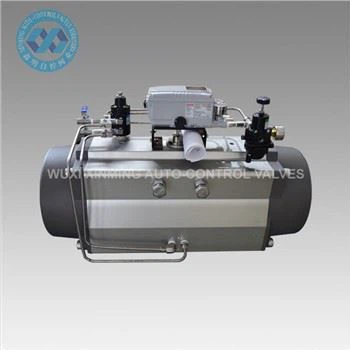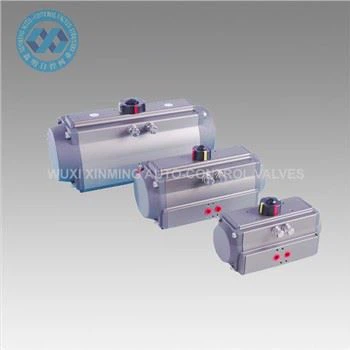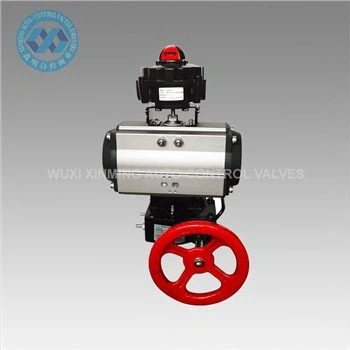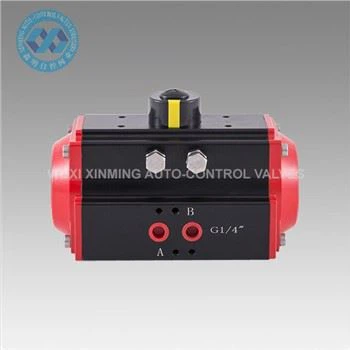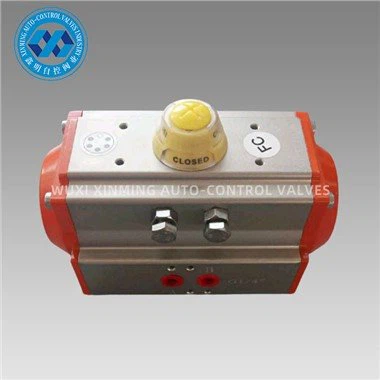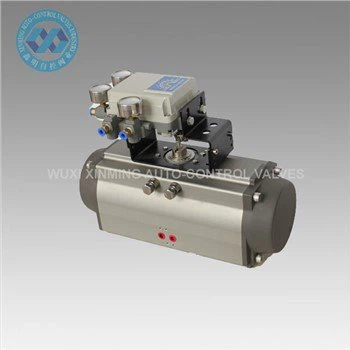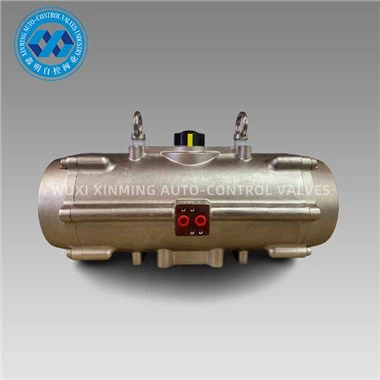1. Introduction
ISO 5391 is an international standard that specifies requirements for pneumatic rotary actuators, ensuring performance, safety, and interchangeability across industrial applications. Published by the International Organization for Standardization (ISO), this standard is critical for manufacturers, engineers, and end-users in automation, valve actuation, and robotics.
This article explores the scope, key requirements, testing methods, and compliance implications of ISO 5391.
2. Scope of ISO 5391
The standard applies to vane-type and rack-and-pinion pneumatic rotary actuators with limited angular movement (typically 90°, 180°, or 270°). It covers:
- Design and dimensions (mounting interfaces, shaft sizes).
- Performance criteria (torque, pressure ratings, leakage limits).
- Testing procedures (endurance, burst pressure, environmental resistance).
- Marking and documentation (identification, compliance labeling).
3. Key Requirements of ISO 5391
3.1 Torque & Pressure Ratings
- Actuators must deliver rated torque at specified pressures (e.g., 6 bar / 87 psi).
- Breakaway torque (minimum torque to initiate motion) must be within defined tolerances.
3.2 Leakage Limits
- Internal leakage (between chambers) must not exceed 3 cm³/min under test conditions.
- External leakage (to the environment) must be zero under normal operation.
3.3 Endurance & Durability
- Actuators must withstand at least 1 million cycles without failure under rated conditions.
- Seal wear must not degrade performance beyond acceptable limits.
3.4 Environmental Resistance
- Must operate within -20°C to +80°C unless specified otherwise.
- Corrosion resistance (e.g., salt spray testing for marine applications).
3.5 Safety & Burst Pressure
- Burst pressure must be at least 4x the rated pressure (e.g., 24 bar for a 6-bar actuator).
- Mechanical stops must prevent over-rotation damage.
4. Testing & Compliance
4.1 Performance Testing
- Torque vs. Pressure Curve – Ensures linearity and repeatability.
- Leakage Tests – Conducted at maximum pressure.
- Cycle Testing – Simulates long-term operation to assess wear.
4.2 Safety & Reliability Tests
- Burst Pressure Test – Verifies structural integrity.
- Environmental Tests – Temperature, humidity, and vibration resistance.
4.3 Certification & Marking
-
Compliant actuators must display:
- ISO 5391 certification mark
- Manufacturer’s name/model
- Pressure & torque ratings
- Rotation angle & direction
5. Impact on Industry & Applications
5.1 Benefits of Compliance
✔ Interchangeability – Ensures compatibility across brands.
✔ Reliability – Reduces failure risks in critical systems.
✔ Global Acceptance – Facilitates international trade.
5.2 Common Applications
- Valve Automation (ball, butterfly, and plug valves).
- Robotics & Automation (grippers, indexing tables).
- Aerospace & Defense (landing gear, control surfaces).
6. Future Developments & Revisions
- Integration with IoT – Smart actuators with condition monitoring.
- Higher Efficiency Standards – Reduced air consumption.
- Expanded Material Options – Advanced composites for lightweight designs.
7. Conclusion
ISO 5391 ensures quality, safety, and performance consistency in pneumatic rotary actuators. Engineers and manufacturers must adhere to this standard to guarantee reliability in industrial applications. Future updates may incorporate smart technologies and sustainability requirements.
If you want to learn more about low-priced products, please visit the following website: www.xm-valveactuator.com


